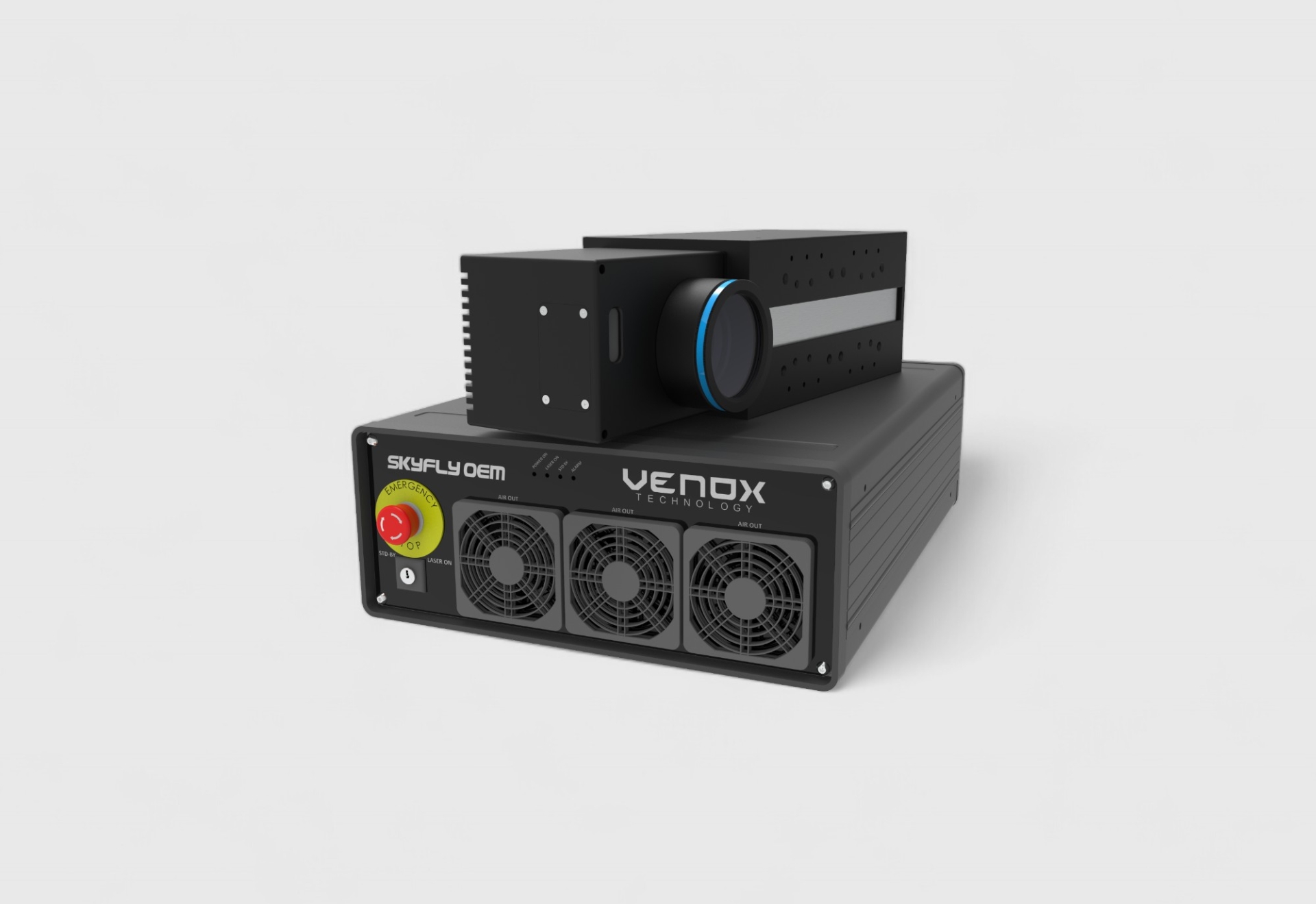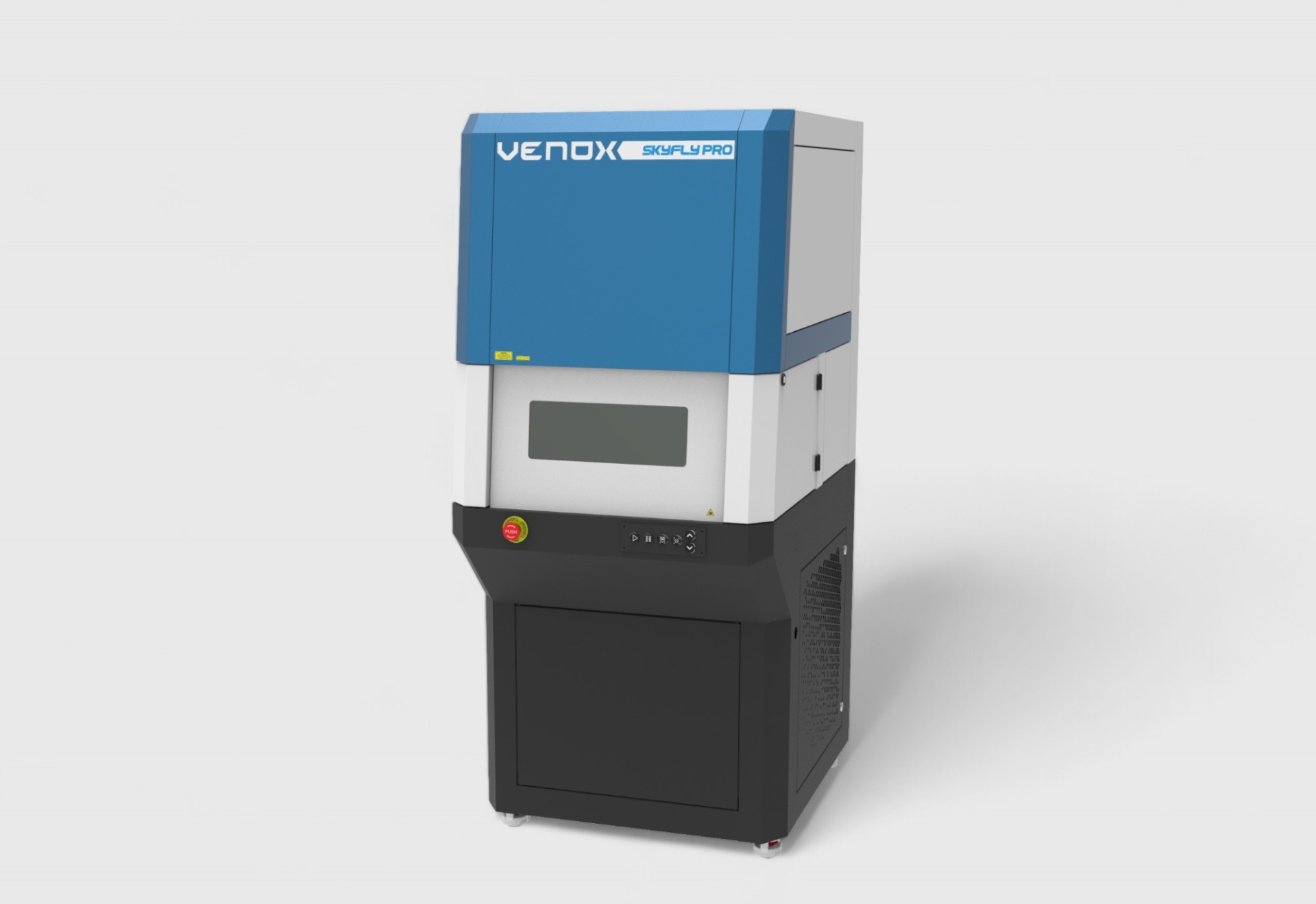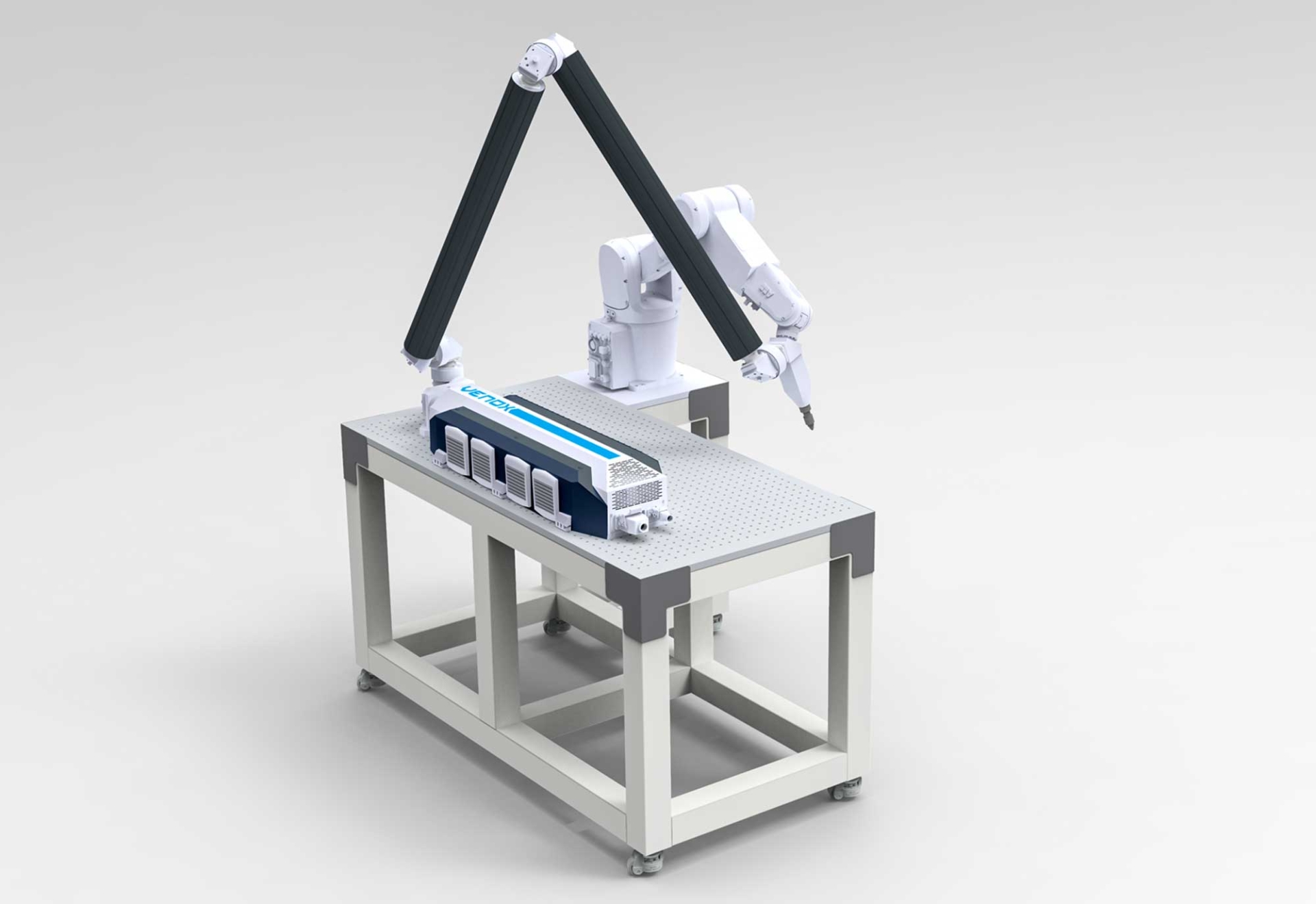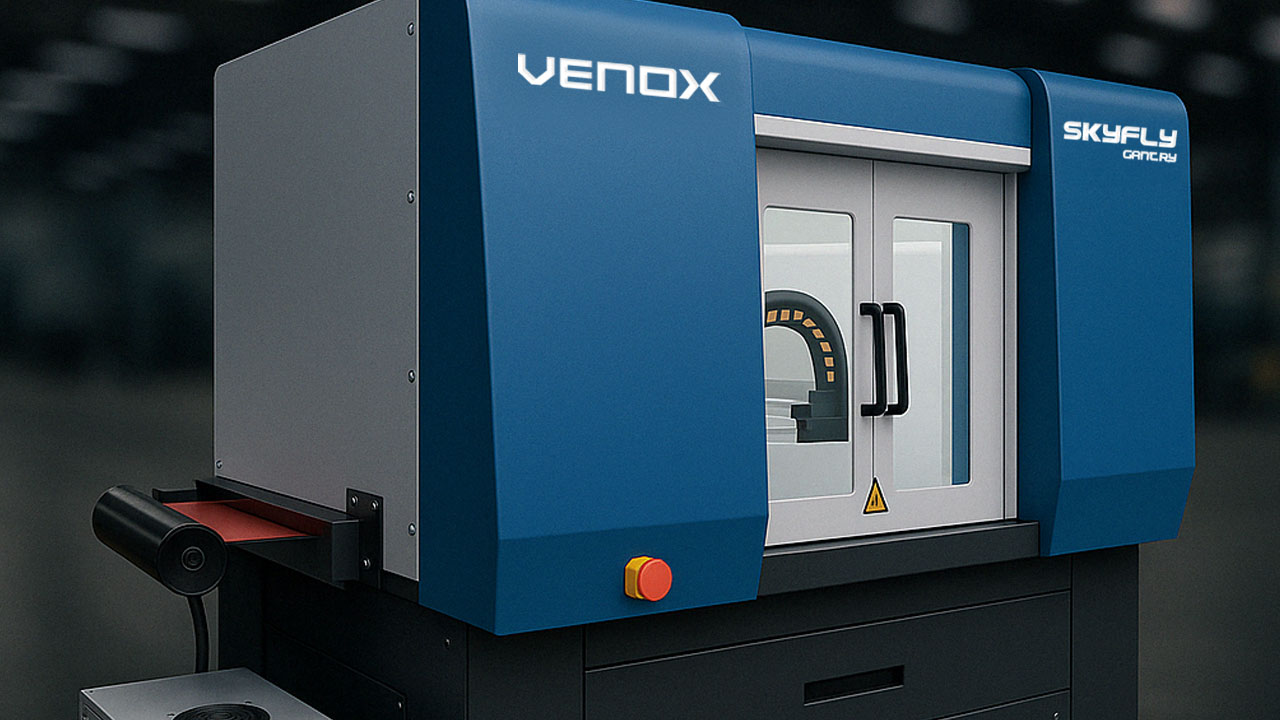Advantages and Disadvantages of Laser Marking – For Which Businesses Is It Ideal?
Laser marking technology is a high-precision and sustainable marking method with a wide range of applications, from automotive to medical, from electronics manufacturing to the packaging industry. However, since each business has different expectations and production dynamics, laser marking should be evaluated with both its advantages and certain limitations. In this article, we analyze all the pros and cons of laser marking in detail and explain for which types of businesses it is ideal.
Main Advantages of Laser Marking
Laser marking is one of the most reliable marking methods in modern industry. It offers significant advantages to businesses in terms of quality, durability and production efficiency.
Permanent and Wear-Resistant Marking
Laser marking does not require external agents such as chemicals or ink. Since the mark is processed onto the surface through a physical or chemical reaction:
- It does not get erased
- It does not fade
- It is resistant to abrasion
- It is resistant to high temperatures and external factors
High Resolution and Superiority in Micro Details
Compared to other conventional marking methods, laser marking technology works with much higher precision. On a micro scale it provides excellent readability for details such as:
- QR code
- DataMatrix
- Serial number
- Logo and graphic marking
Contactless Process and Surface Protection
Since laser marking is performed completely without contact, the surface is not scratched and no mechanical pressure is applied. This:
- Prevents damage to fragile surfaces
- Prevents deformation in thin metals
- Provides controlled marking on materials with high heat sensitivity
Speed and Production Efficiency
Thanks to high galvo motor speeds, laser marking is perfectly suited to mass production. Especially in metal marking, it provides businesses with time savings through:
- Marking within seconds
- 24/7 operation capability
- Automation integration
Low Operating Cost
Laser marking does not require consumables. Therefore, costs such as:
- Ink cost
- Stencil replacement
- Cartridge renewal
Environmentally Friendly and Waste-Free Production
It does not generate chemical waste, no ink is used and it does not harm production processes from an environmental perspective. It is a sustainable marking technology compatible with green production policies.
Disadvantages and Limitations of Laser Marking
Although it has many technical strengths, laser marking may not be ideal for every scenario. The following limitations should be considered in the decision-making process.
High Initial Investment Cost
The initial cost of laser marking machines is higher compared to other marking methods. In particular, UV lasers or fiber lasers above 50W may require a high budget. However, since there are no consumable costs in the long term, the total cost becomes advantageous.
Requirement for Operator Training
Since laser marking machines involve advanced optical and software technologies, operators need to be trained on topics such as:
- Correct adjustment of laser parameters
- Compliance with safety protocols
- Knowledge of material focusing
Surface Damage May Occur with Incorrect Parameter Settings
Applying too much laser power can lead to:
- Melting on plastic surfaces
- Unwanted engraving on metal surfaces
- Deterioration on coated surfaces
Marking Time May Increase on Large Areas
For areas of 100×100 mm or 150×150 mm, laser marking is very fast. However, on surfaces of 300×300 mm or larger:
- Scanning time increases
- Galvo speed may become a limiting factor
- There may be a decrease in quality
Cost Increases for Applications Requiring High Wattage
Applications such as deep engraving, color marking or mold marking require high power. Fiber lasers in the 60W–100W range are more costly, and the cooling system may also require additional investment.
Safety Requirements
If the laser beam is not properly controlled, it can pose risks to eyes and skin. Therefore, additional safety measures such as:
- Enclosed laser systems
- Class 4 laser safety equipment
- Protective goggles
Conclusion: Which Businesses Are Suitable for Laser Marking?
Laser marking is an ideal technology for businesses that seek high precision, speed and permanence. It delivers excellent results especially in the following areas:
- Automotive and metal processing
- Medical device manufacturing
- Electronic components
- Packaging and serial coding
- Jewelry and







